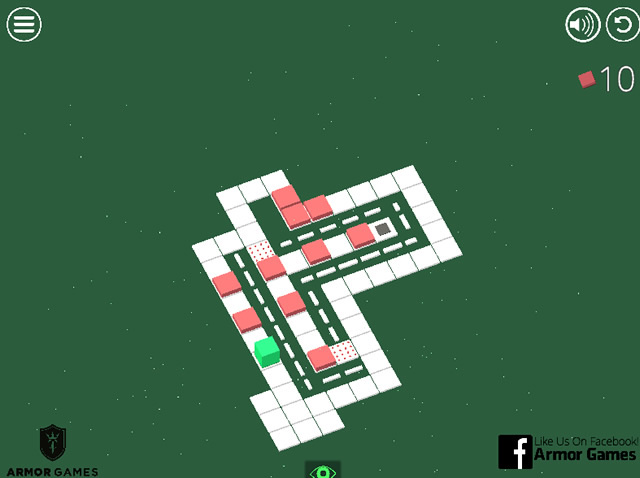
You are essentially making the cube look like Figure 15, then using Move 8, then re-orienting the front pieces.

Rotate the front (red side) two turns (F2), perform Move 8, then rotate the front two more turns (F2). In words, rotate the middle vertical slice (between the blue and white sides) one quarter turn clockwise (away from you), the top side 1/4 turn clockwise, the vertical slice 1/4 turn up, the top 1/4 turn clockwise, the vertical slice 1/4 turn up, the top two quarter turns (half-way around), the vertical slice 1/4 turn counter-clockwise (back toward you), the top 1/4 turn clockwise, etc. Next, place the remaining two center-edge pieces in the top positions and, if misoriented, perform Move 8. If two center-edge pieces are correct and the two that are wrong are diagonal to each other then perform step 7b and proceed to step 7a.įirst orient the cube so that the two misoriented center-edge pieces are on the top side of the cube as shown in Figure 15 and perform Move 8. One turn counterclockwise (same as three turns clockwise) - add a. Rubik himself (since he formulated it), will flip the two center-edge.

You can also tap the Undo button to undo the last action. A Rubiks Cube is made up of edges, corners, and centers. Step 7: Orient the four center-edge pieces. Swipe through the blank area to rotate the cube. Swipe the cube with your finger to rotate the layer of cube. Rubik himself (since he formulated it), will flip the two center-edge pieces on the top side of the cube shown in Figure 15. Play 3D Virtual Rubiks Cube Playing Rubiks Cube feels playing a real one Key Features: - Realistic graphics makes you feel playing with real Rubiks Cube. Rotate the front (red side) two turns (F2), perform Move 8, then rotate the front two more turns (F2). To rotate an edge piece (left image), following the middle sequence. Just flip the cube upside down so that the unsolved layer is now the U face. Youll then want to move this piece either to the left or to the right as so: Left D L D L D F D F Right D R D R D F D F Flip cube Now you have the first two layers solved.

The following "Rube Move", named after Mr. The Rubiks cube has stumped many people for decades now. In order to do this, youll need to find the edge you want to move on the bottom layer. This algorithm will flip the edge so the white part is facing upwards. It is slower to execute, but will not disturb any other pieces.Step 7: Orient the four center-edge pieces rubiks cube notation white cross first step solve the white face rubix f2l yellow. If you have completed your 4x4 solve and you only want to flip the 2 inner edges then you can perform the algorithm below. If you are using CFOP then this is done at the OLL stage, hence the name (OLL Parity). This should be done before you permutate the corners and edges of the last layer. Similarly, the new edge state can be obtained via 3 swaps. If your focus is speedsolving the 4x4 then this is the recommended algorithm. The new corner state can be obtained via 3 swaps (swap C1/C4, swap C1/C3, swap C1/C2). It also moves other edge pieces in the top layer. It flips the two edge pieces as well as the corners. This algorithm is the easiest to execute. The law of the rubik’s cube states that: You can never have only one incorrect corner or edge.

OLL parity specifically occurs because two adjacent edge pieces are flipped, but generally you can't recognize it until you are at the OLL stage of solving. For edges, you have to pop it out and insert it back in with the colours opposite the centre of it, again, if you want to solve it, you need to pop the incorrect edge out and insert it correctly. 4x4 parity occurs on the last layer of a 4x4, where you get a case that is impossible to get on a 3x3 so you need a specific algorithm to solve it.


 0 kommentar(er)
0 kommentar(er)
